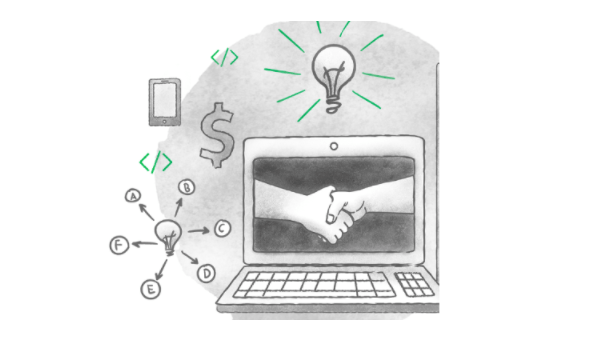Globalization, market fragmentation and high competition have in many ways commoditized engineering design services. As budgets shrink, cost of resources surge and performance requirements become higher, strangely enough the biggest challenges for the new design firms today are of non-technical nature. Firms are increasingly coming under pressure to attain competitive advantage and provide value.
On the other hand, there is an available supply of a key strategic resource – competent and experienced service retired engineers, freelance designers and design software users. These subject experts are actively seeking design consultation opportunities based on their relevant industry experience and have desire to work independently or in decentralized collaborative teams.
What options do new design firms have for creating value?
Is it possible for a new design firm to bring together and to connect the fragmented design demand with the supply of skilled design providers? By providing an ecosystem of cohabitation, firms can give design providers access to project delivery resources and realize a chance for self-employment as capable consultants, utilising their recognised expertise and knowledge of best practices. Building supportive industry clusters for mutual interactions and giving rise to such opportunities can build a virtuous circle of shared value. Conversely, firms can benefit customers by engaging the most relevant subject expert based on the design need and not leave up to the design firm to deploy.
Contemporary design firms can thus make sure there is proper value created on both sides.
The need for an innovative and efficient solution
A firm can assume a central position, reduce the search & transaction costs for customers and help find the right design experts. They can remain lean through hosting a multi-sided networked platform and carry out design management as an add-on service.
Individual discipline shortcomings in coordination may provide an opportunity for new firms to put together different design elements on the common platform for integration. Let’s take an example to elaborate the above point further. A customer or typical main contractor or civil engineering firm today works with an architectural firm to build further on an idea. But is it possible to actually make the conceived structure to the appearance, shape and size to safely withstand the loads and stress? Now imagine putting both the architects and structural engineers under one roof and streamline the design process so that there is nothing lost in the transactions between two separate firms working on the same project. This not only drops the amount of potential errors and lost time, but also saves cost for the end user. Such models are not uncommon, but here customers could derive cost arbitrage as against engaging a conventional EDC with FF&E & office rentals. A focussed approach bound by structured system of processes for control of design tasks can produce customized solutions to engineering design problems and create value.


